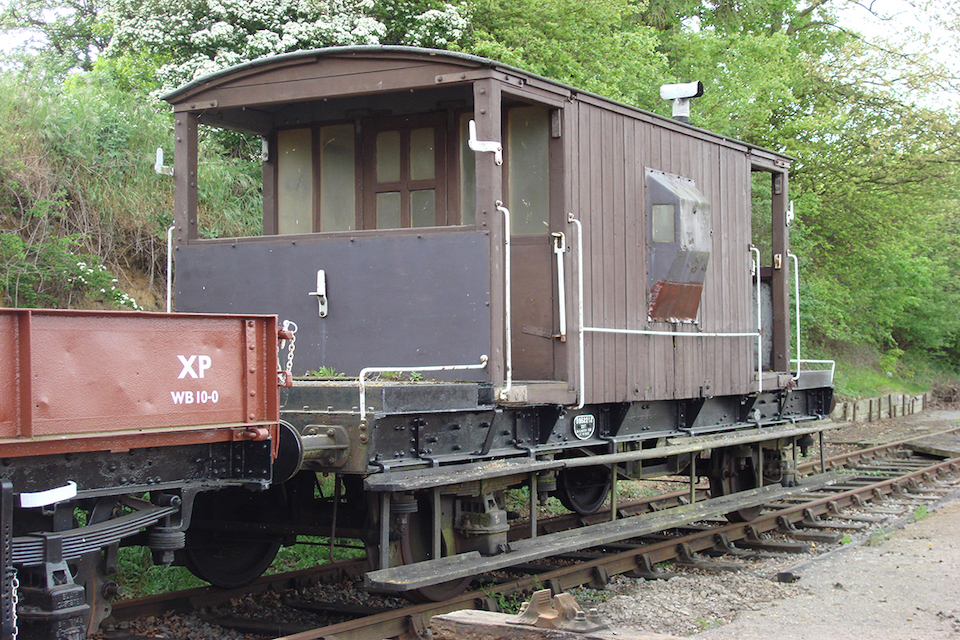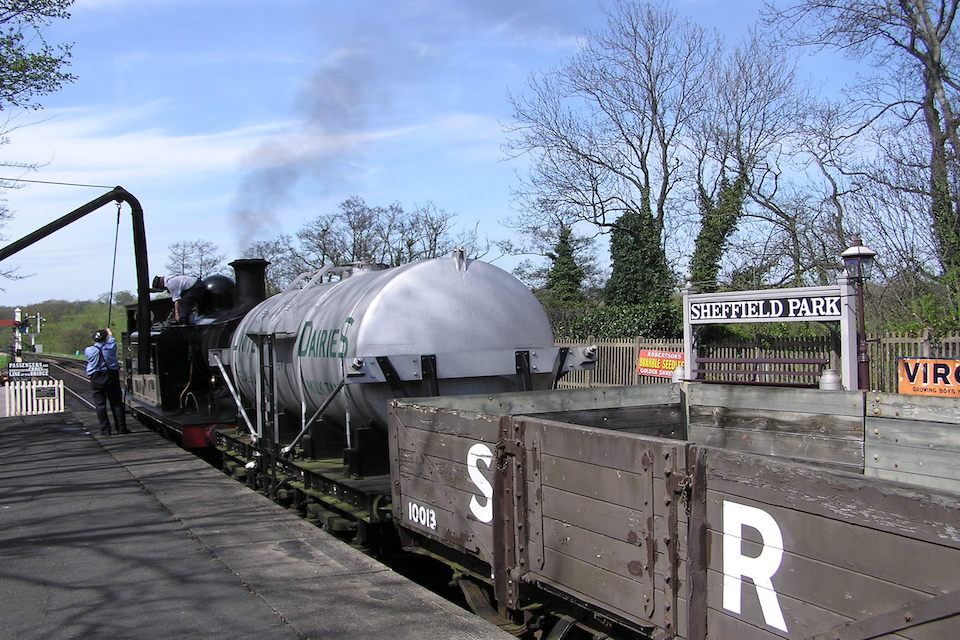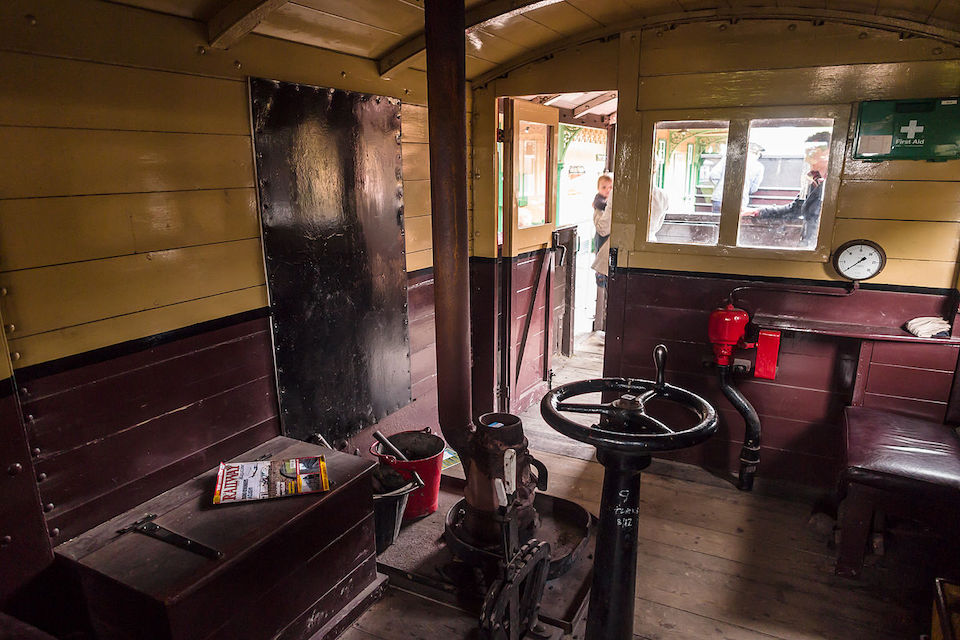Brake vans shunted into history

The brake van, a relic of Victorian railway technology which has not been seen in active service for over thirty years, has finally been written out of railway operations. Updates to freight operating instructions have seen the requirement to provide brake vans finally removed, ending a 200-year long tradition. The rule books now officially reflect the state of operations that have been the normal standard since the introduction of continuous braking technology in the 1950s.
The majority of the present-day professional railway community could be forgiven for questioning exactly what is a brake van. Most will have started their careers long after the once ubiquitous vehicle passed out of service. Brake vans have not been used widely in revenue-earning services for some 30 years, but were once commonplace on the tails of freight trains running up and down the country. Now their use has, officially, been operationally discontinued from manuals and rule books.
Demonstration trains
Once occupied by the lonely figure of the train guard, the brake van was required to provide additional braking to freight trains from the rear of the formation. Since the 1950s, more and more freight services have used “continuous braking”, where the locomotive driver can apply brakes on the wagons as one unit, thereby retaining complete control of the train. The requirement for a brake van to accompany such a “fitted” freight was lifted in 1968, leaving them to clank behind a dwindling number of unbraked trains until the early 1980s.

Examples of brake vans can often still be seen on demonstration freight trains on heritage railways, and occasionally even languishing at the ends of rarely used sidings. However, reference to their required use in some circumstances on the national network has continued, including in the so-called “White Pages”, the historic industry reference manual. Up until recently, these contained the rules and instructions for staff undertaking safety-critical tasks in freight train operation.
White and Pink Pages
According to the Railway Safety and Standards Board, recent changes have led to the White Pages being withdrawn and the instructions being moved into the Rule Book, which contains similar rules for other aspects of safety-critical tasks. “The move was also an opportunity to tweak some points and remove requirements which were no longer relevant and more accurately reflect modern-day operations”, say the RSSB. “Even so, the use of brake vans is still referenced in some of the recently published documents, acknowledging that even now, they could potentially be used.”

The “Working Manual for Rail Staff – Freight Train Operations” and “Working Manual for Rail Staff Handling and Carriage of Dangerous Goods” nicknamed respectively the White Pages and Pink Pages, actually comprised some 24 documents. These have been replaced by a new Rule Book module and Rail Industry Standard. “The latter offers the opportunity for freight operators to customise requirements and enhance their safety management systems without being unnecessarily held back by archaic documents”, say the RSSB.
Enhanced operating instructions
The RSSB is a membership-based rail industry body, which includes train and freight operating companies, infrastructure managers, contractors, rolling stock leasing companies and suppliers. Tom Lee, their director of standards, said it was part of their remit to keep the industry up to date. “Ensuring freight operators have the most up-to-date standards and guidance will enable them to continue to play their critical role in supporting and fuelling the UK economy, and supply goods to businesses and communities nationwide, both efficiently and safely”, he said.
“I’m sure there are many who will remember brake vans both fondly and disdainfully”, added Lee. “Their time in the Rule Book has pretty much come to an end, and freight operators can now benefit from enhanced operating instructions that better reflect modern practice.”
You just read one of our premium articles free of charge
Want full access? Take advantage of our exclusive offer






During long backup moves when the locomotive is pushing a freight train, a brake van could be a safe place for staff to stand while keeping the driver informed by radio about conditions ahead. I believe that the North American equivalent, the caboose, still serves this purpose in some situations. Some carry an air horn for level crossings.
George Raymond